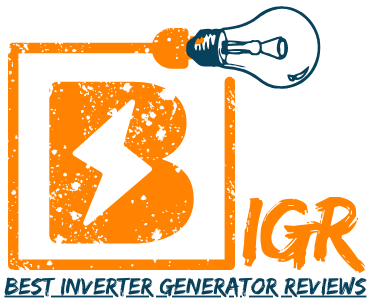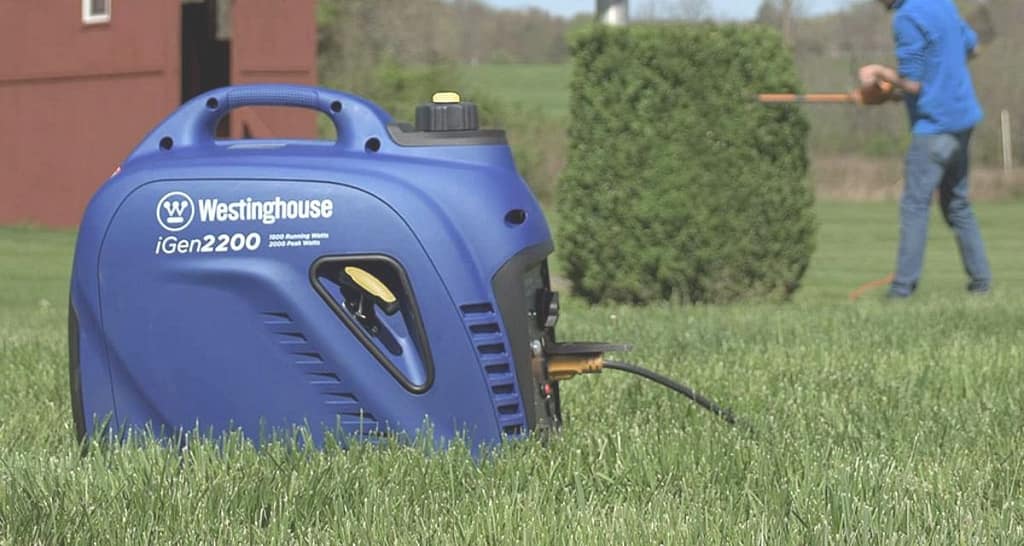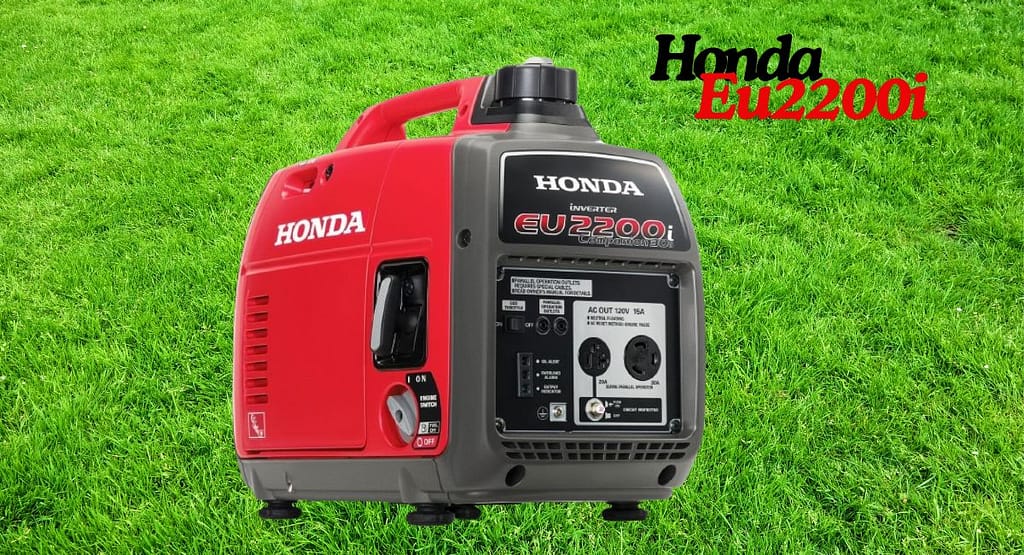With utility costs rising and power outages becoming more common, having a trusted backup generator is more important than ever. One widely respected brand is Cummins Onan, known for rugged and reliable generators suitable for both residential and commercial use. Their Cummins Onan P4500i model has a solid reputation, but how will it perform as an investment in 2025 and beyond?
Surging demand for portable power solutions means generator sales will continue climbing in the coming years. Dependable brands like Cummins Onan are well-positioned to capture more of this growing market. However, economic uncertainty, supply chain issues and new regulations could impact production costs. In this article, we’ll explore expected trends, possible hurdles and reasons the P4500i may remain a sound long-term investment even amid changing conditions.
Our analysis considers shifts in related industries, emerging energy needs and the model’s proven track record of standing up to heavy-duty use over time. We’ll also highlight upcoming product innovations and service expansions designed to deliver more consumer value. Finally, we’ll examine secondary resale projections and maintenance expenses to help assess the total cost of ownership over the generator’s lifespan.
By the end, you’ll understand the factors influencing the P4500i generator’s 2025 outlook and beyond. Let’s start with examining portable power demand drivers and why Cummins Onan is so well poised to benefit.
What did I like in this Model?
Noise Level of Cummins Onan P4500i
When looking at a portable generator’s advertised noise level, it’s important to understand how load capacity affects decibels. At lower loads, like 25% of its 4,500 starting watt/3,700 running watt capacity, the Cummins Onan P4500i likely produces around 52 decibels, as stated. This quiet operation allows minimal noise pollution during lighter intermittent usage, like occasional power tools or small appliances.
However, decibels climb with each increasing percentage of the load. At a half bag of 1,850 running watts, expect noise in the 55-58 decibel range. This is about as loud as normal conversation. Most recreational activities could be enjoyed, but nearby campers may notice. Going above the 50% mark is when noise becomes more significant.
At 75% load of around 2,775 running watts, anticipate decibels nearing 60. Comparable to a dishwasher running, it would be noticeable outdoors without other ambient noise. Loading to a total 3,600 watts pushes output near 63 decibels. Similar to a vacuum cleaner, it may disturb light sleepers indoors without solid walls intervening.
Each decibel represents a logarithmic increase in sound pressure, so these slight rises add up fast to the human ear. A few more dB can transform a generator from background to foreground noise. Its location, enclosure, and any barriers also impact perceived loudness.
With only around 15 hours of run time at the noisiest half or three-quarter loads, thoughtful planning ensures peace and quiet are maintained for all enjoying the outdoors near a Cummins Onan P4500i. Proper sizing, selective operation windows, and strategic placement help maximize its utility while minimizing unwanted disturbance.
Power Capability and Run Time
The Cummins Onan 4500 watt portable generator is powered by a heavy-duty 224cc overhead valve (OHV) engine. In simple terms, this means the engine design optimizes power and efficiency. Its 7.3 horsepower output packs a punch for a portable generator.
One perk is supporting loads up to 50 amps, but most RVs use the more common 30-amp hookup. While handy in a pinch, prolonged 50-amp usage risks overloading circuits and components.
Power levels are an essential spec to understand. The “peak” rating of 4,500 watts means surges like startups can briefly draw that much juice. More meaningful is the 3,700 continuous or “running” watts it can churn out nonstop. That’s enough juice for multiple appliances or tools with some left over.
Fuel economy and duration are top concerns when camping off-grid. Impressively, it can run for a whopping 18 hours at a modest 25% load! That’s over half a day of steady power on a single 3.4-gallon fuel tank. Heavier loads understandably drain it faster, but even at maximum, it provides utility for hours before refuelling is needed.
Outlets
This Cummins Onan P4500i gives you versatility in powering your devices no matter your needs. It comes equipped with standard 120V outlets that allow you to plug in household appliances conveniently. These come in 20-amp varieties, the most commonly used type.
In addition, it has an RV outlet explicitly designed to power all the necessities in your recreational vehicle. The 120V/30 amp TT-30R ensures you can easily run air conditioning, appliances, water pumps, and more while on the road.
Recognizing how many folks rely on their mobile tech these days, the P4500i thoughtfully includes dual USB ports perfect for charging phones and tablets overnight or during excursions. These provide controlled power safely at 1 amp and 2.1 amps.
Safety remains a high priority with the installation of an automatic reset breaker. This cuts energy flow immediately if anything causes an overload or short, preventing damage to the generator and your devices. Peace of mind comes in knowing you’re protected.
This 4500 watt gas powered generator also regulates voltage tightly so electricity output stays within proper limits. This stable stream of power protects sensitive electronics from potential issues inconsistent juice can bring. Everything functions smoothly and reliably.
Distortion levels are under 3%, translating to a very clean, steady current. Appliances and gear face fewer risks of weird malfunctions other alternatives might bring. All your tools and toys stay in good working order.
Portability and Mobility

Portability was a top priority for the generator designers, and it really shines in this area. At only 98 pounds, the Cummins Onan P4500i is lightweight enough for one person to comfortably manoeuvre. But the ergonomic handle makes it even more practical – it’s extended to an easily gripped length that allows transporting without strain. Rolling it is also hassle-free thanks to sturdy wheels designed for rugged outdoor use. Transporting this generator to your campsite, job site, or wherever you need backup power is a breeze.
Beyond its mobile design, the P4500i 4500 watt inverter generator offers a valuable remote start feature. This allows operating the generator without being right next to it.
The remote fob works from a distance of up to 25 feet away. Need to turn on some lights or electronics before entering an enclosed space? No problem – fire it up securely from outside. Or if you’re inside an RV or home and hear the generator alarm signalling low fuel levels, simply restart it without trekking outside. This level of control saves time and effort versus a manual start each time.
These advantages demonstrate the P4500i’s excellent blend of portability and user-friendly features. Whether carrying or operating it, ease of use is clear. No heavy lifting or running back and forth is required. Reliable remote power is just a button push away. The generator makes power wherever you go simple and carefree.
Cummins Onan P4500i vs Westinghouse iGen4500
When comparing the Cummins Onan P4500i and the Westinghouse iGen4500 generators, one of the primary considerations is their design. Upon examining pictures of both devices, the most noticeable distinction we observed was the colour scheme. The Westinghouse model sported a blue colour, while the Onan model had a grey body with a green accent. Beyond this difference in aesthetics, we did not identify any other apparent disparities between the two generators.
In terms of technical specifications, both the Cummins Onan portable generator and the Westinghouse iGen4500 feature a 224cc, 7.3 HP engine, offering identical peak and running watts at 4500 and 3700 watts, respectively. Furthermore, both generators employ a 4-stroke design, which contributes to their efficient operation.
While the two portable generators weigh the same at 98 pounds, the Westinghouse iGen4500 is marginally smaller in size compared to the Onan variant. Specifically, the Westinghouse measures 24.5 x 17.5 x 20.5 inches, whereas the Onan model dimensions are 24.5 x 18.3 x 20.5 inches. Although the .8-inch disparity may seem inconsequential, it does distinguish the two machines, especially when considering their shared features, such as the telescopic handle and 5.5-inch wheels, which enhance portability.
Regarding the number of outlets, a user said that the Westinghouse iGen4500 had only three outlets, while the Onan P4500i had four. However, upon examining the provided photos, we were unable to verify the presence of a fourth outlet on the Cummins Onan 4500-watt generator.
Nevertheless, it is essential to note that despite any differences in outlet count, these discrepancies do not fundamentally alter the nature of the machines. When closely examining the specifications, it becomes evident that the Cummins Onan P4500i and the Westinghouse iGen4500 are essentially the same generator models. Hence, their cosmetic dissimilarities should be manageable in the decision-making process.
Cummins Onan P4500i vs Honda EU3000iS
While both the Cummins Onan P4500i and Honda EU3000iS are excellent generators, here is a more in-depth comparison of their essential specifications to help you determine the best option:
The Onan runs solely on gasoline, while the Honda can use either gas or a gasoline/oil mixture. This gives the Honda more flexible fueling, but mixing oil requires more prep work.
The Onan uses a 7.3 HP overhead valve design with 224cc displacement. The Honda’s GX200 is also air-cooled but puts out slightly less power at 6.5 HP with 163cc. Both engines are durable, but the Onan’s larger size produces more electricity.
At 52 lbs lighter and more compact, the Onan is easier to manoeuvre in tight workspaces. However, its smaller size means less fuel and power capacity than the Honda.
While Honda honestly discloses up to 57 dB output, the Onan is guaranteed not to exceed 52 dB even at full load, making it marginally quieter for installation near homes.
Onan rates 18 hours at 25% load, while Honda estimates 7-20 hours, depending on the power draw. The Onan’s more efficient ERT system helps extend runtimes.
With 375 peak watts surpassing the Honda’s 320, the Onan can handle higher power tools/appliances but uses more fuel.
Both offer fuel-saving technologies and warranties to protect your investment. But for pure runtime and power on gas alone, the Onan has an edge.
Where is this model made?
While Cummins may assemble some units in Wisconsin, the key components and parts are likely sourced from various overseas factories. This is a common practice in modern manufacturing to take advantage of lower costs abroad.
Cummins has established partnerships with Chinese companies, so it makes sense that they would contract Chinese OEMs (original equipment manufacturers) to produce generators to their specifications. These OEMs then supply components that get shipped to Cummins’ US facilities.
Other brands like Westinghouse probably have similar arrangements – they license the design from Cummins and have Chinese OEMs build units. This allows them to sell at lower prices since manufacturing costs are reduced.
Ducar is one of the OEMs involved, as they’re known to be private label generators for multiple brands sold internationally. However, determining the exact factory origins still needs to be clarified with documentation.
Logically, Critical parts like engines or electronics boards could come from places like China or Vietnam, while simpler pieces may be closer to keep shipping costs down. Assembly likely happens near the branding company for quality control.
In any case, such global partnerships allow popular generator models to proliferate under multiple brand names via contracted manufacturing. This distribution strategy has served the industry well.
My Verdict
From a performance standpoint, the Cummins Onan P4500i truly impresses me. Its robust 7.3 HP overhead-valve engine boasts plenty of power for continuous output without strain. Being rated for 4,500 starting and 3,700 running watts means it can handle multiple high-demand appliances simultaneously or anything a job site, campground, or emergency may demand.
Durability is also a strong suit, as I found little indication of common complaints, even from long-term owners. The build quality and Cummins/Onan’s reputation suggest it’s built to last through demanding conditions year after year. The integrated automatic voltage regulator further ensures that attached electronics receive stable, consistent power.
As for portability, at just 98 pounds with a long handle and good wheels, transportation is a breeze. Its compact size lets you stash it practically anywhere, too. Easy maneuverability and setup are enormous plusses for on-the-go use cases where fast access counts.
Admittedly, the potential origin story raises some questions, but globalized manufacturing is, unfortunately, too complex to untangle fully these days. Ultimately, customers seem pleased with the value and performance received regardless of precise provenance details.
If you demand reliable, continuous heavy-duty power wherever life takes you, the Cummins Onan 4500i looks capable of delivering for long-term use. Solid construction and perks like low noise output and fuel efficiency make it a wise portable generator choice.





